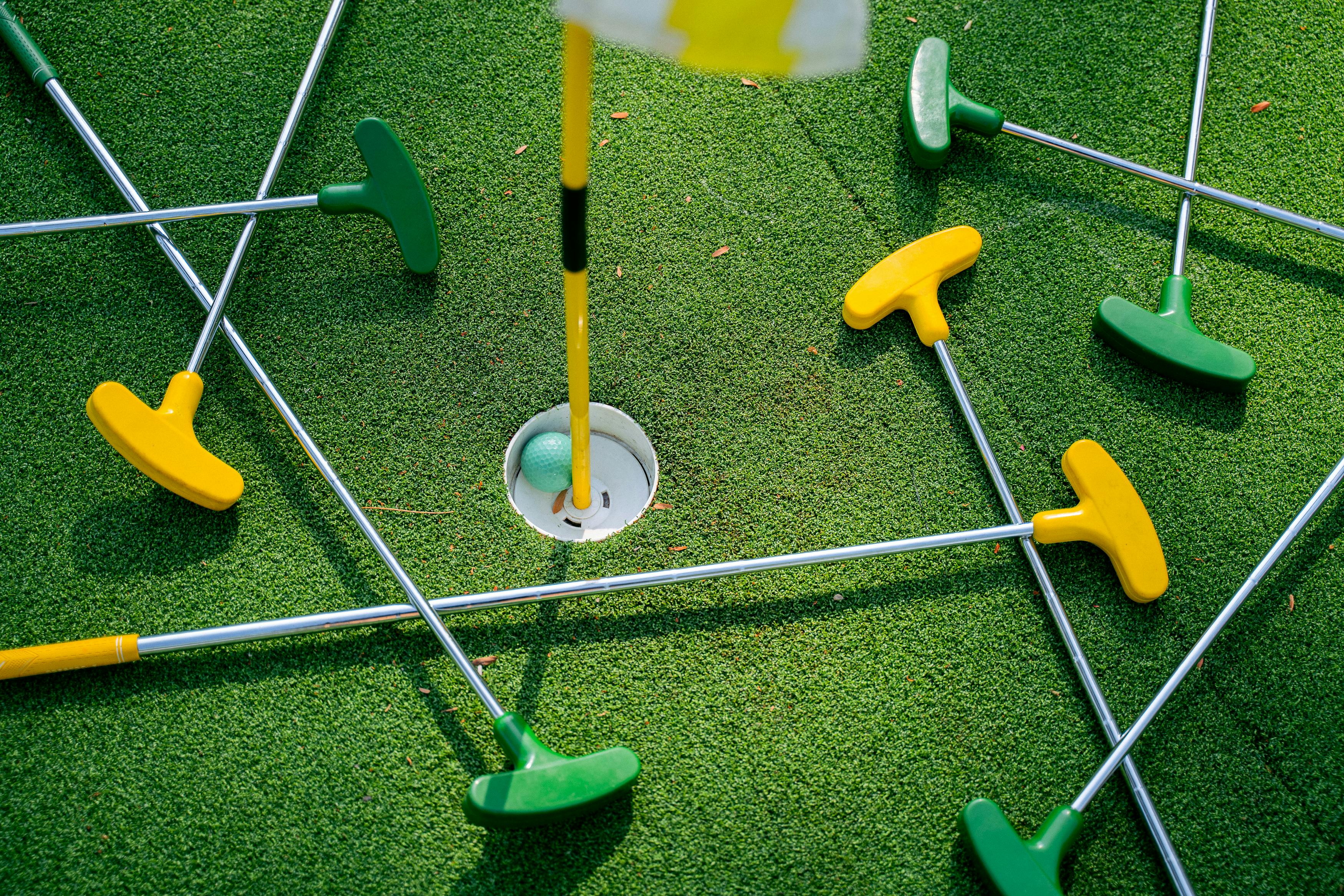Top 5 Tips for Emergency Water Storage
There is a lot of misinformation about emergency water storage. For example, how do I store it? What are safe methods for long-term emergency water storage? And of course, how much emergency water should my family store?
1. So how much is enough? Whether storage for earthquakes, floods, etc. store at least one gallon per person per day for at least 7 days. I suggest 3 weeks. Don’t forget that you are going to need water not only for drinking, food preparation, sanitation and first aid. Handwashing will be very important in a disaster to reduce the risk of illness and infection. You can’t have too much water.
2. How you store water is critical to water safety. If you buy your water at the grocery store in gallon-size plastic containers, you need to realize that the plastic container is made of permeable plastic. It breathes, which means that bacteria and other contaminants can enter the container affecting the safety of the water. They are not designed for long-term storage. Do not store these containers in the garage or on concrete because concrete, along with exhaust fumes, pesticides, paints, solvents, etc., can leach into the water supply.
3. Don’t store your water in old bleach bottles. When bleach residue mixes with tap water, it will release harmful contaminants from plastic bottles into your drinking water. The plastic bottles used with bleach were never intended for water storage or human consumption.
4. Never add bleach to your water storage, it does nothing to extend shelf life and only pollutes your water. The EPA website lists bleach as a pesticide. Bleach can contain mercury and arsenic. There are dozens of websites that recommend its use for purification. I believe it should only be used as a water treatment last resort when you have no other way to make your water safe. A preferred and safer method would be to use a product called “Water Purification Tablets”, these iodine based tablets kill bacteria and microorganisms. One tablet per quart for clean water, two tablets for dirty water. And of course you can always boil water in a roll for at least five minutes to purify it if you have the ability.
5. Storing raw water in the wrong containers with the addition of heat and light can cause bacteria to grow to levels that could cause dysentery. This could be anywhere from three to twelve months depending on how and where they are stored. Hot garage vs cool dark closet. Don’t forget, if you live in earthquake country, don’t store your supplies in the weakest part of the house, the garage. Garages only have 3 walls (garage doors provide no structural support) and those large openings become the weak link in your home.
So what is the safe and correct way to store long-term emergency water? The best method is to use a product called “Water Preserver”. This product is EPA approved for long-term emergency water storage. due to its power it kills all the bacteria in the water and inside the barrel leaving you with sterile water for 5 years. The Water Preserver should be used in combination with containers that are not transparent and have tight-fitting lids. These containers should be made of a safe plastic intended for long-term storage.
